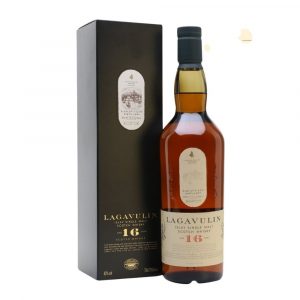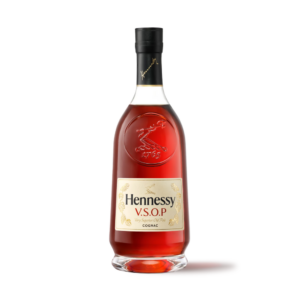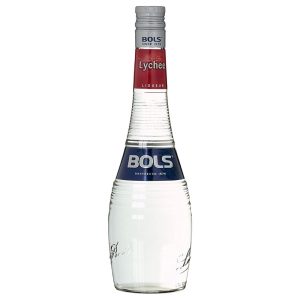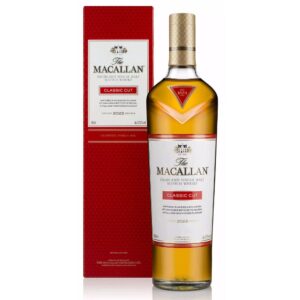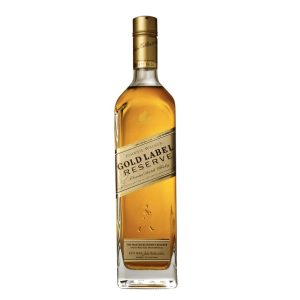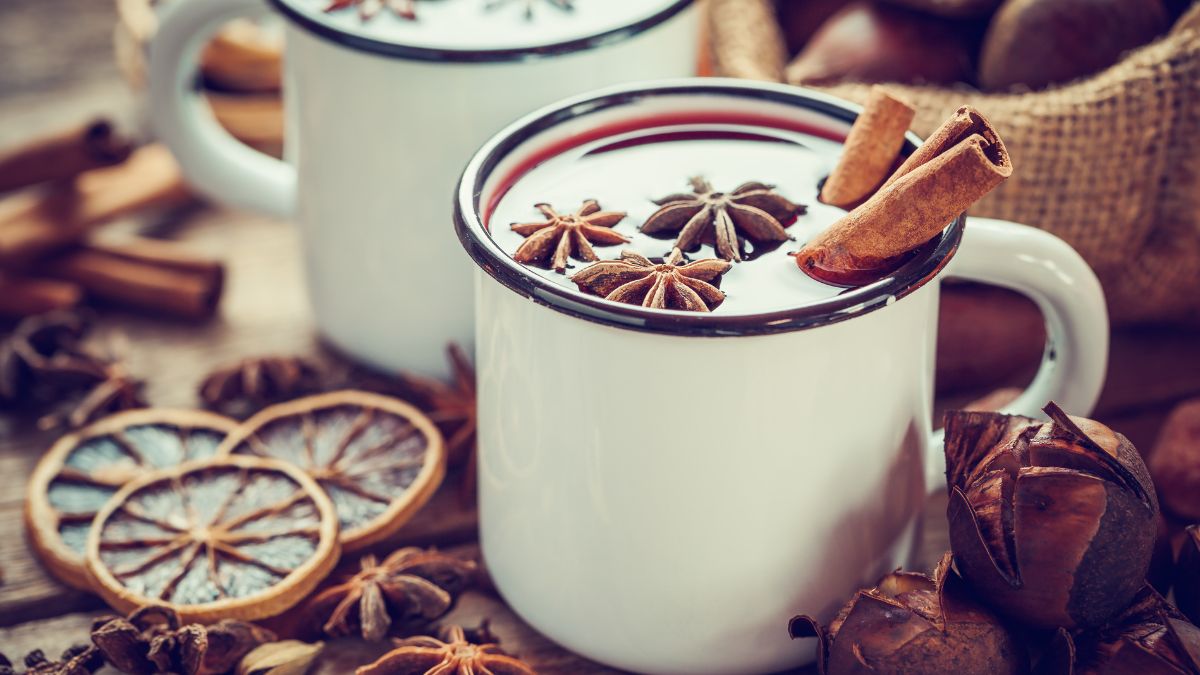
Mulled wine, a beverage steeped in history and tradition, has been a festive staple across various cultures for centuries. This aromatic, spiced wine is more than just a winter drink; it’s a journey through time and geography. The history of mulled wine is a fascinating tale that intertwines with the evolution of culinary and cultural practices around the world. In this comprehensive exploration, we delve deep into the origins, evolution, and enduring popularity of mulled wine.
The Ancient Origins
The story of mulled wine begins in the ancient world. Historical records suggest that as early as the 2nd century, the Greeks were known to spice and heat their wine. This practice was not merely for flavor, but also for health benefits, as they believed that warming the wine would release beneficial properties. The Romans, known for their love of wine, adopted this tradition and spread it across their vast empire, including regions that are now part of modern-day Europe.
Medieval Warmth and Spice
During the medieval era, mulled wine transitioned from a simple spiced drink to a symbol of warmth, celebration, and culinary ingenuity. This period marked a significant evolution in the beverage’s recipe and cultural importance, reflecting the broader changes in society and gastronomy of the time. The Middle Ages were characterized by a burgeoning spice trade, which brought exotic spices like cinnamon, cloves, nutmeg, and allspice to European shores. These spices, once rare and costly, began to be more widely available, allowing for more elaborate and flavorful mulled wine recipes.
Honey and Spices: Crafting the Medieval Flavor Profile
In medieval kitchens, the art of preparing mulled wine was akin to a festive ritual. Honey, often the sweetener of choice due to its natural abundance, was used not only for its sweetness but also for its believed health benefits. The addition of spices was not random; each spice was chosen for its specific flavor profile and purported medicinal properties. Cinnamon was favored for its warmth and sweetness, cloves for their intense aroma and digestive benefits, and nutmeg for its subtle, nutty undertones.
Social Customs and Festive Celebrations
The serving of mulled wine during this era was deeply intertwined with social customs and festivities. It was a common feature at winter feasts, Christmas celebrations, and even in everyday winter life as a way to provide warmth and cheer during the long, cold months. In a time when the cold of winter was a significant challenge, mulled wine offered not just physical warmth but a sense of communal comfort and joy.
Regional Adaptations and Medicinal Uses
Furthermore, the medieval period saw the spread of mulled wine across Europe as trade and travel increased. Each region began adapting the drink to local tastes, incorporating regional spices and wine varieties. This period laid the foundation for the diverse range of mulled wine recipes found across Europe today. In addition to its culinary role, mulled wine had a place in medieval medicine. Physicians of the time often recommended spiced and heated wines for various ailments, believing in the healing powers of the combined ingredients.
The Legacy of Medieval Mulled Wine
This expanded exploration into the medieval chapter of mulled wine history offers a deeper understanding of how this beloved winter beverage became a tapestry of flavors and traditions, mirroring the complexities and innovations of the time. The medieval era, thus, stands as a pivotal period in the rich and ongoing story of mulled wine.
Renaissance Refinement
During the Renaissance, mulled wine became a symbol of hospitality and celebration. It was often served during special occasions and was a favorite among the nobility. The Renaissance period also saw the refinement of recipes, with a focus on balance and sophistication in flavor. This era contributed significantly to the mulled wine recipes we know and love today.
Colonial Expansion and Global Influence
The colonial period marked the spread of mulled wine traditions beyond Europe. European settlers brought their recipes and customs to the New World, adapting them to local ingredients and tastes. In this period, mulled wine became a global phenomenon, with each region adding its unique twist to the traditional recipe.
The Modern Era and Cultural Significance
In modern times, mulled wine continues to be a cherished winter beverage. It’s a staple in Christmas markets across Europe, especially in Germany and Austria where it’s known as ‘Glühwein’. Each country and region has developed its own version, reflecting local tastes and ingredients. Mulled wine has also found its way into contemporary culinary practices, with chefs and mixologists experimenting with new ingredients and serving styles.
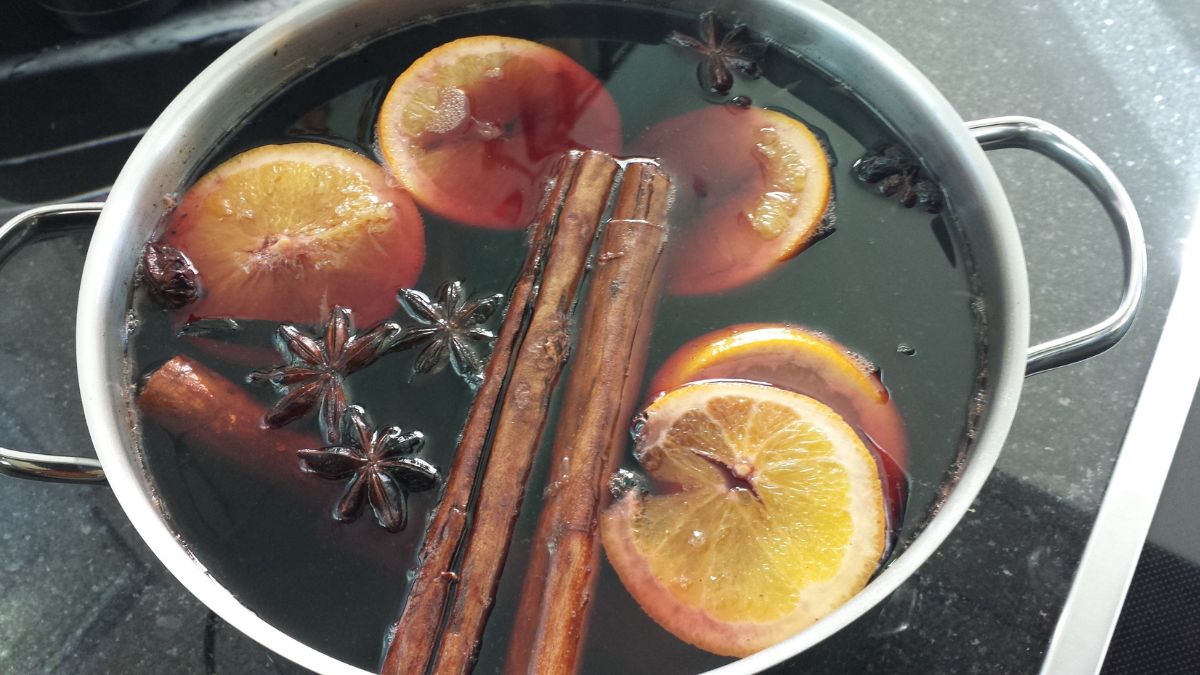
Health Benefits and Contemporary Enjoyment
While mulled wine is enjoyed primarily for its taste and the warmth it brings on cold days, it also carries some health benefits. The spices used are known for their anti-inflammatory and antioxidant properties. However, it’s important to enjoy mulled wine in moderation, as it is still an alcoholic beverage.
Conclusion
The history of mulled wine is as rich and complex as its flavors. From ancient health tonic to medieval spice extravaganza, from Renaissance refinement to modern-day festive favorite, mulled wine has traversed centuries and continents. It’s more than just a drink; it’s a testament to human culture’s ability to evolve, adapt, and celebrate through culinary creations. As we sip on this spiced, warm wine, we’re not just enjoying a beverage; we’re partaking in a tradition that has warmed hearts and homes for generations.




